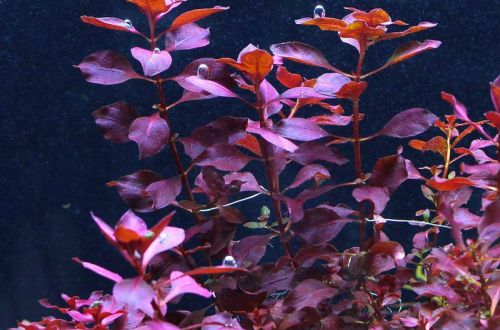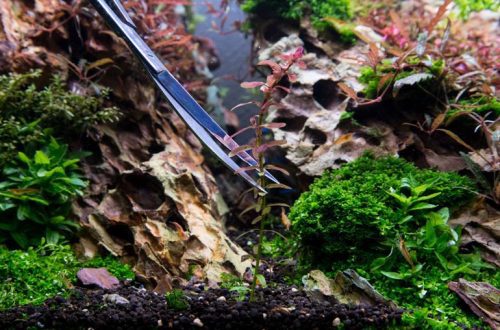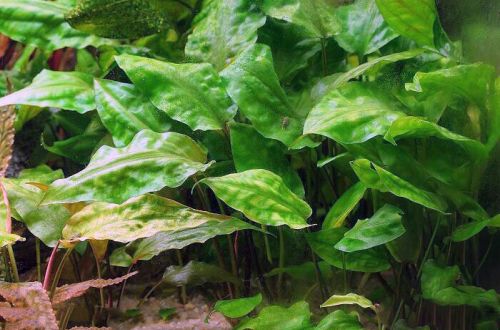
Echinodorus subalatus
Echinodorus subalatus, scientific name Echinodorus subalatus. In nature, it is widely distributed in the tropical regions of the Americas from Mexico to Argentina. It grows in swamps, along the banks of rivers and lakes, temporary ponds and other bodies of water. During the rainy season, the plant is completely submerged in water for several months. This species is highly variable. For example, varieties from Central and South America are quite different. Some authors classify them as subspecies, while others distinguish them as independent species.

Echinodorus subalatus is closely related to Echinodorus decumbens and Echinodorus shovelfolia, having a similar appearance (which is why they are often confused), growth characteristics and a comparable distribution area. The plant has large lanceolate leaves on long petioles, collected in a rosette with a base turning into a massive rhizome. In favorable conditions, it forms an arrow with small white flowers.
It is considered a marsh plant, but can be completely submerged in water for a long time. Young shoots quickly grow out of the closed space of the tank, therefore, due to their size, they are rarely used in aquariums.





